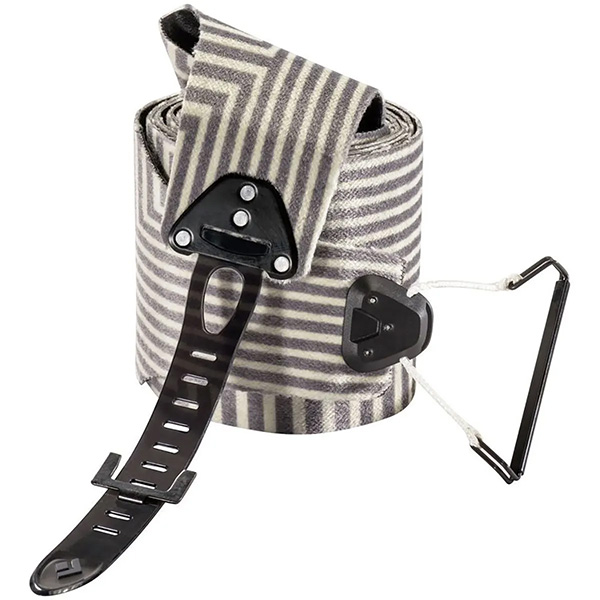Learn Center
Backcountry Essentials


Backcountry Essentials
This season is the perfect time to start earning your turns. Gear up for backcountry skiing.
Safety Knowledge Is Priority #1
Avalanche safety knowledge is paramount when it comes to getting ready to head out of bounds. This includes having a complete understanding of how to read a snowpack, how to use your equipment (beacon, probe, shovel) to save an avalanche victim in the event of a slide, and more. We can't stress enough the importance of safety knowledge and encourage you and your friends to study up and enroll in an avalanche safety course so you and the people around you stay safe in the backcountry. A good place to start is with taking a "Know Before You Go" course to learn safety basics. Learn more about KBYG here.
Utah Avalanch Center
Level Nine calls Northern Utah home, and the Salt Lake Valley in particular embodies a rich mountain history. It's the birthplace of modern snow science, avalanche research, avalanche control work, and most importantly, avalanche outreach and education. This is all because of the great people at the Utah Avalanche Center. Founded in 1980, the UAC has been influential in helping people from all over the world understand everything there is to know about avalanches. Below are the pillars upon UAC operates to keep everyone safe in avalanche terrain.
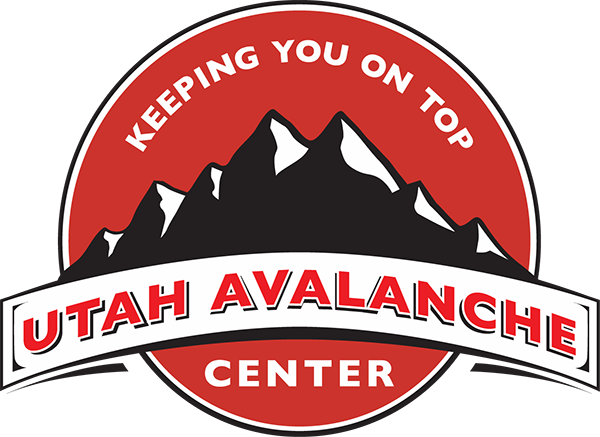
Avalanche Forecasting
Daily forecasting reports are sent out at 5:00am every day. The forecast is distributed by phone message, radio PSAs, email, and website and will be received by 7:30 am. Updates are also sent out during the day as conditions change.
Know Before You Go (KBYG)
KBYG teaches simplified, basic avalanche awareness, usually in free, one-hour group presentations designed for younger users accustomed to fast-paced multi-media learning in plain language.
Community Resource
The UAC serves as the central resource in Utah for avalanche information, serving all forms of winter backcountry users and working closely with local and national media. The UAC maintains the most comprehensive avalanche website in the U.S.
Avalanche Education
The UAC provides lecture and field day avalanche classes at a moderate cost. They address practical snowpack science, terrain management, rescue and decision-making, as well as advanced topics and the needs of specific user groups.
Safety Gear
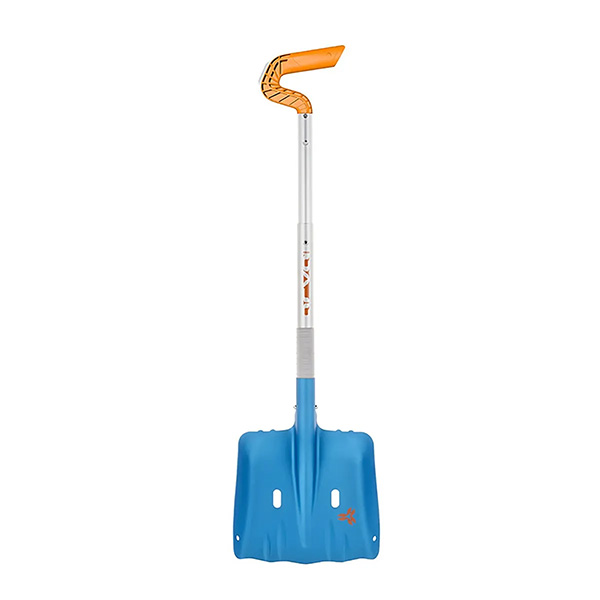
Dig In. Dig Out.
A good shovel is an essential tool for any backcountry adventurer. For one thing, digging snow pits to analyze the snowpack for avalanche danger is one of the main skills required for safe skiing in uncontrolled terrain. Of course, the most important reason to carry a good shovel is emergency preparedness in the event someone is buried in an avalanche.
Carry A Beacon
An avalanche transceiver is perhaps the most important pice of equipment you hope to never need to use. Of course, the most important part of carrying a beacon is knowing how to use it, so don't forget to practice with your beacon before hitting the trailhead. These will help you find someone buried in an avalanch or help someone else find you should you get buried.
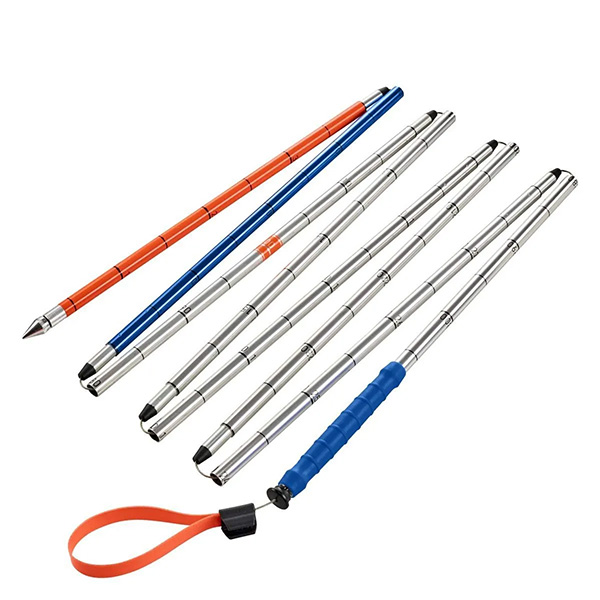
Be Ready To Probe
An avalanche probe is an important tool used in avalanche rescue, and every member of a backcountry touring group should carry one. The probe is used as the name suggests: to probe into the snowpack in search of a buried skier. They collapse small enough to be convenient to carry but quickly extend to their full length in case of an emergency. A good probe should be lightweight, tough and easy to use.
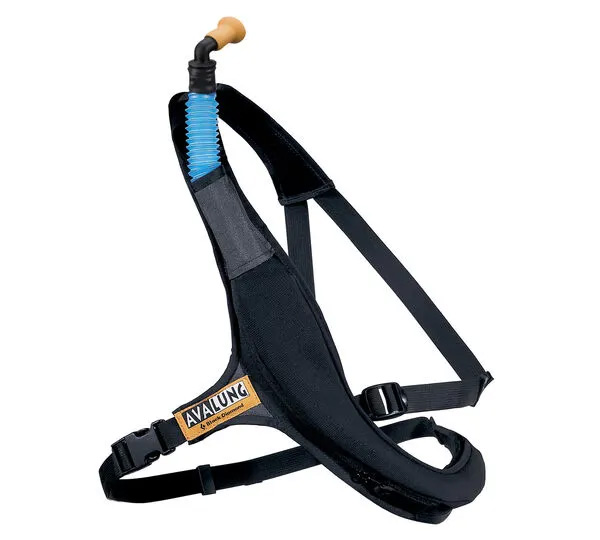
Keep Breathing
Since its invention about fifteen years ago, the Avalung has become a staple in the safety tool box of avalanche professionals. Obviously, avoiding burial in an avalanche is the best way to stay safe, but if you do want to ski higher risk lines in the backcountry, an Avalung can increase your chances of surviving an emergency by increasing the amount of time you will be able to breath if you are buried. Over 80% of avalanche deaths are a result in asphixiation, so gaining a few extra minutes of breath can make the difference between life and death.
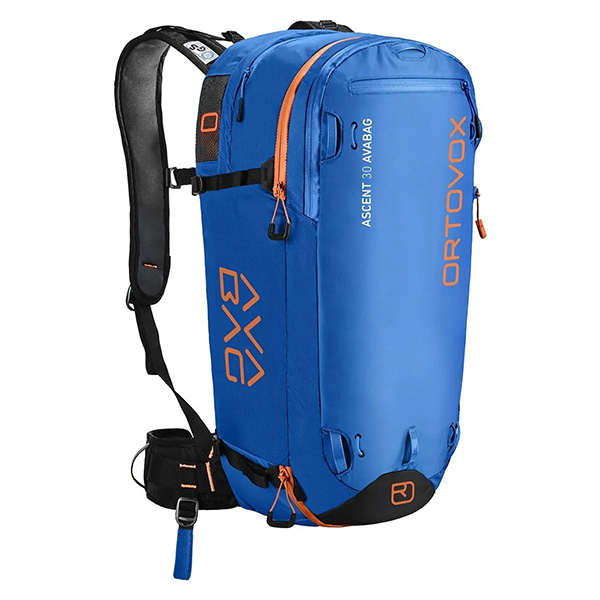
Deploy The Airbag
ABS avalanche backpacks have grown in popularity in the last few years and have been shown to be an effective tool in increasing avalanche survivability. Once deployed, the airbag acts much like a life preserver and helps keep you on top of the slide, reducing burial and traumatic injury risk.
Make Your Climb Enjoyable
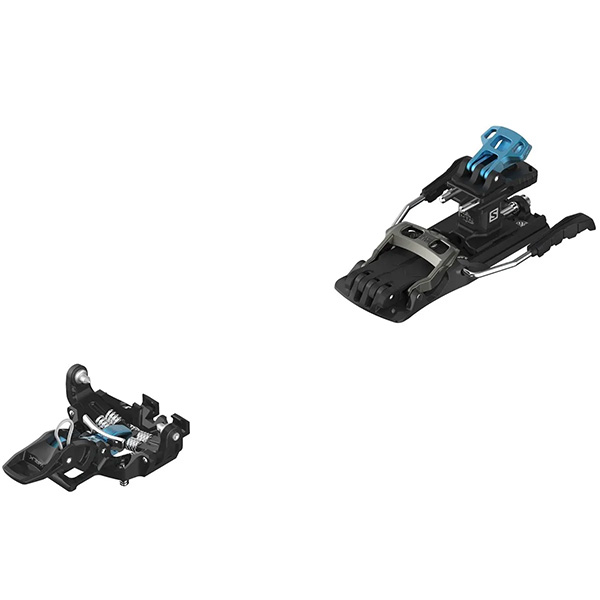
The Ideal Set Of Bindings
For those wishing to keep their backcountry setup light and functional, pin style bindings are crucial. You want maximum comfort with minimal fatigue during the climb. When it comes to the descent, you want solid downhill performance and release characteristics. Pair them with a lightweight pair of boots and skis and you will be cruising uphill in record time.
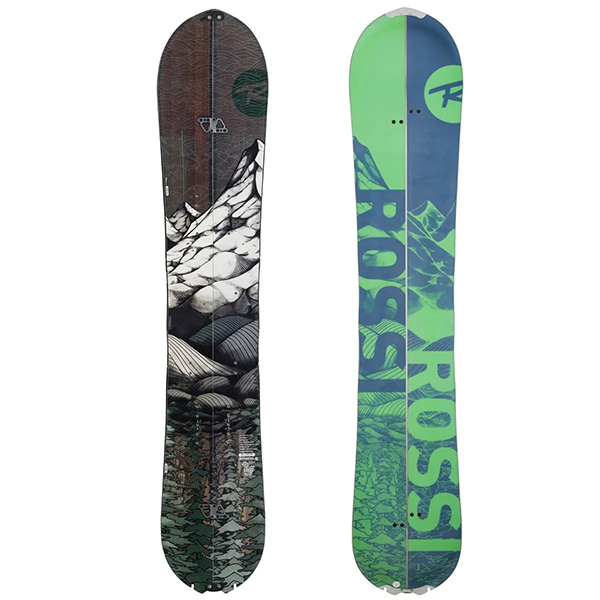
Snowboarders Do It Too
Boarders: don't let the skiers have all the backcountry fun. You can purchase split snowboards that are sliced down the middle, so you can climb up like you're using a pair of skis and then re-attach the board and adjust the bindings to snowboard down. Some boarders choose to cut an old board and convert it into a split board, while others snowshoe up with their board strapped to their back.
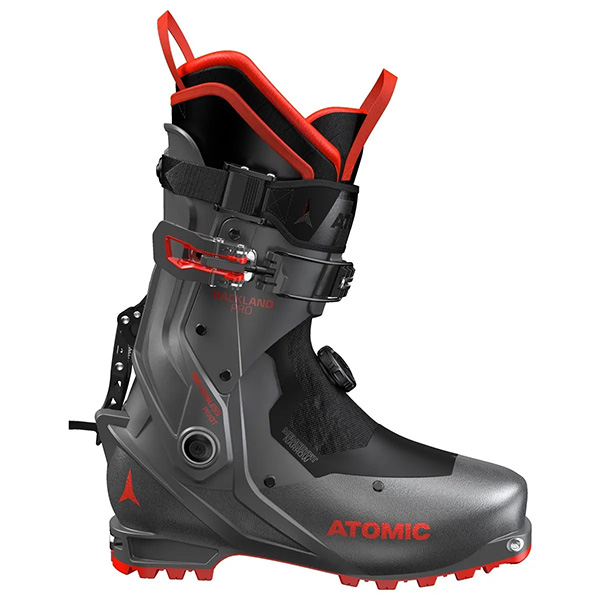
Boots Are A Big Deal
It goes without saying that you want ski boots that are comfortable and lightweight enough for climbing. Coupled with that, look for a pair that is stiff enough for aggressive skiing. If you're going to be climbing, you're boots are really going to make or break your trip, so this is one area where you don't want to skimp.
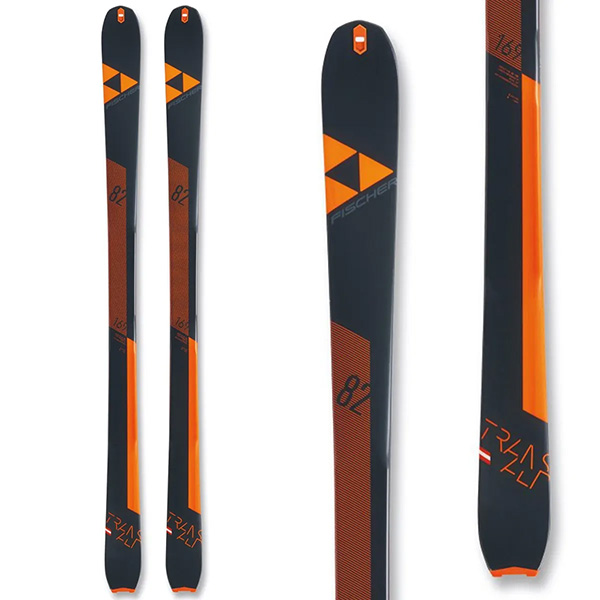
What Skis Up Must Ski Down
ABS avalanche backpacks have grown in popularity in the last few years and have been shown to be an effective tool in increasing avalanche survivability. Once deployed, the airbag acts much like a life preserver and helps keep you on top of the slide, reducing burial and traumatic injury risk.
